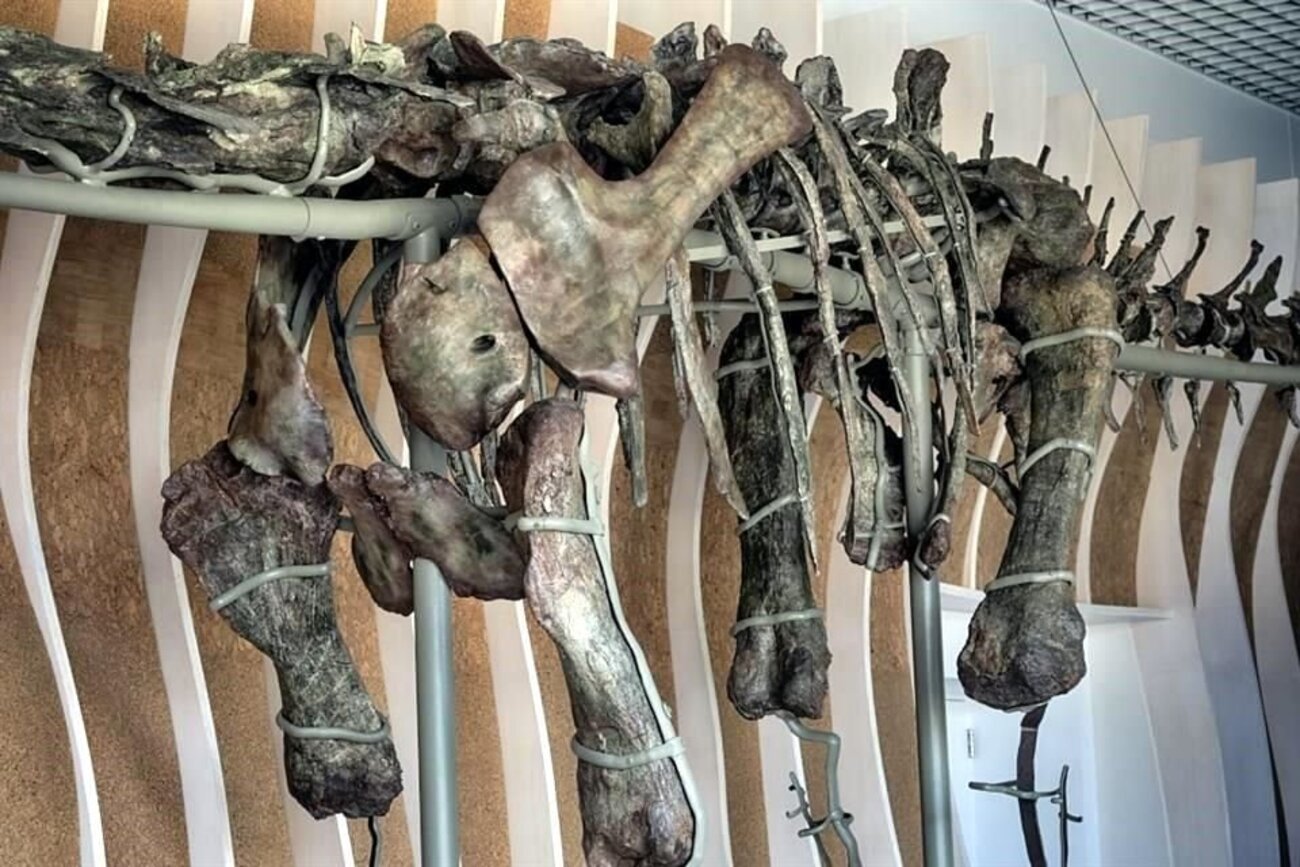
Experts plumb Gulf of Mexico searching for vessels sunk by Cortes
Mexican and U.S. experts have launched a new search to find ships sunk five centuries ago by Spanish conquistador Hernan Cortes in the incident marking the start of the conquest of the Americas which, for some, began the most significant cultural collision in world history.
The Underwater Archaeology Project in the Villa Rica is the 19th expedition headed by historian Francisco del Paso y Troncoso, who has become a pioneer in underwater archaeology in Mexico, and is aimed at finding the oldest European shipwrecks in Mexican waters dating from 1519.
The new expedition is being directed by Dr. Robeto Junco, the head of the Underwater Archaeology Department at Mexico's National Anthropology and History Institute (INAH) and underwater archaeologists Frederick Hanselmann and Christopher Horrel, with the University of Miami and the U.S. Bureau of Safety and Environmental Enforcement (BSEE), respectively.
Junco said that the INAH project uses a magnetometer and a sonar, among other high technology, and has been made possible with a grant from the National Geographic Society.
The fieldwork, he said, began in early July and is focusing on an area 10 kilometers square (about 4 square miles) in the old Villa Rica zone in the waters off the eastern Mexican state of Veracruz.
CONTENIDO RELACIONADO
The vessel used for the underwater search crisscrosses the area making parallel scans of the ocean bottom - between 2 and 15 meters (6.5 - 49 feet) underwater - in hopes of locating anomalies indicating the probable sites of historical objects, like ancient shipwrecks.
"The intensity and distribution of the ... variations (detected by the magnetometer) allow us to create a map and define sites of high potential, where we later dive and dig," said Junco in a statement released on Tuesday by INAH.
Junco and his colleagues say that some of the metal objects from shipwrecks that could be detected under the waves and beneath the ocean bottom could be nails, clips, anchors and other iron items, including rigging and ballast.
"We know from documents ... that Cortes didn't burn his ships - that's a myth created from references to Ancient Greece - but rather he took from them everything that could be useful to him and then perforated their hulls to sink them and eliminate the possibility that part of his troops might mutiny," said Junco.
According to various historians, Cortes brought 11 ships loaded with men and supplies to the Mexican coast in 1519 and sank 10 of them there but sent one back to Spain to give the authorities news of his situation and plans.
In the succeeding five centuries, only Del Paso y Troncoso has ever methodically scoured the ocean bottom for the missing fleet, although he has not yet located any of the sunken vessels.










DEJE UN COMENTARIO:
¡Únete a la discusión! Deja un comentario.